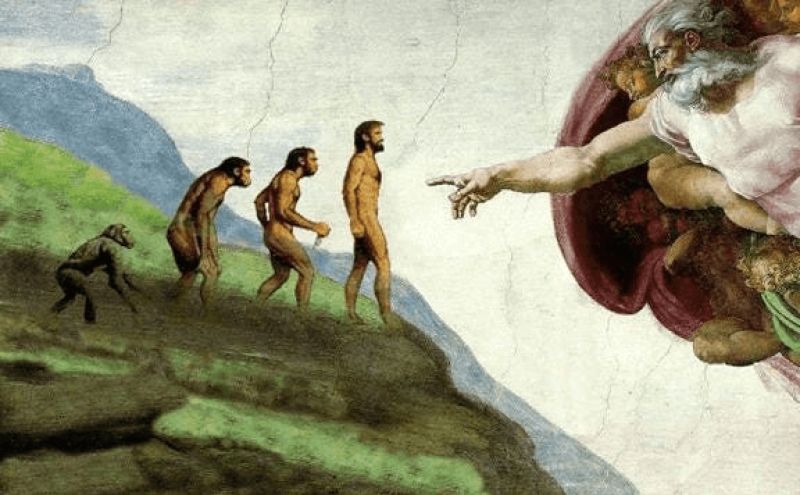As Rebecca Sykes notes, ”Neanderthals neither ignored corpses nor treated them like rubbish.”
…
Thirty-five years ago, archaeologists had yet to find any convincing evidence for Neanderthal grave goods.
In the years since, though, archaeologists have turned up numerous items of cultural significance in Neanderthal burials. They include such things as goat horns, horses’ hooves, panthers’ claws, eagles’ talons, feathers, and perhaps most significantly, in a few cases, lithics, i.e., stone tools.
Recent archaeological findings offer various forms of evidence for richer symbolic lives among Neanderthals than earlier researchers had imagined. For example, archaeologists no longer question whether Neanderthals employed bodily decoration. They used pigments, feathers, birds’ claws, and shells.
Since religions are routinely associated with collective rituals, the discovery of a Neanderthal site in Bruniquel Cave in southwestern France may be the most telling evidence for Neanderthal proto-religiosity. In a chamber about 300 meters from its entrance, the cave contains a site constructed from the straight center sections of most of the more than 400 stalagmites that were broken off and arranged in low barriers around two circles on the cave floor. A few were employed in small structures within the larger circle, on which researchers found traces of burned bones. Nearly 100 of the stalagmites around the circles also show evidence of exposure to fire.































